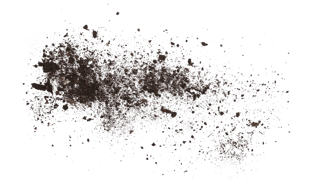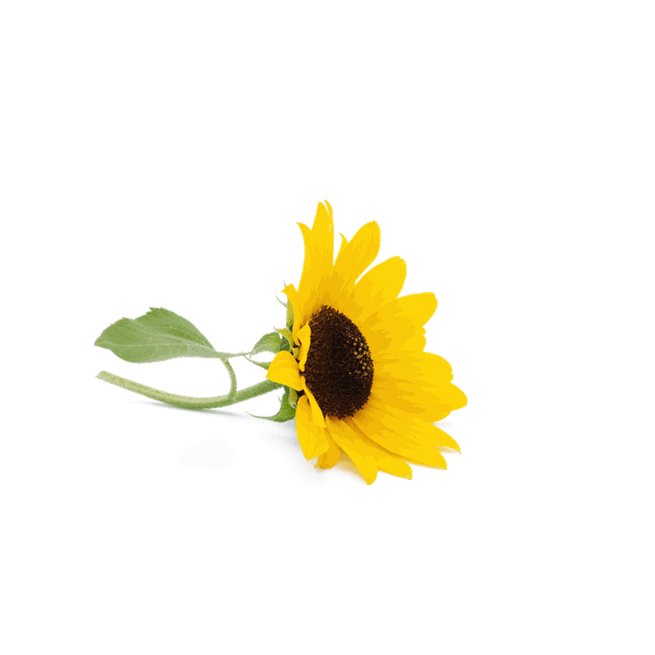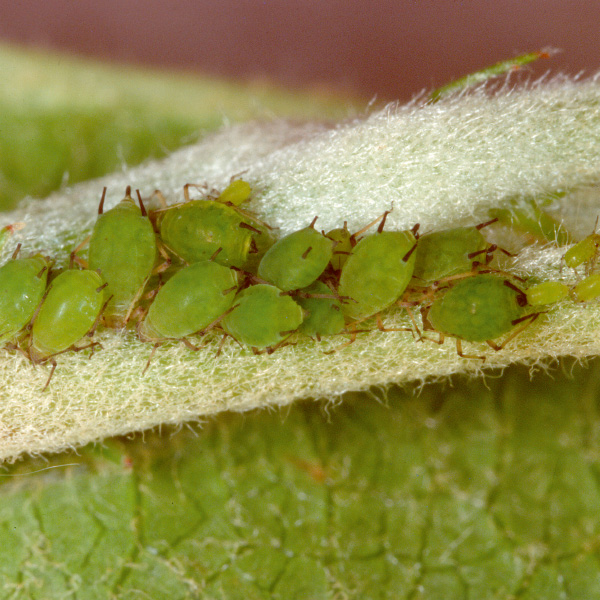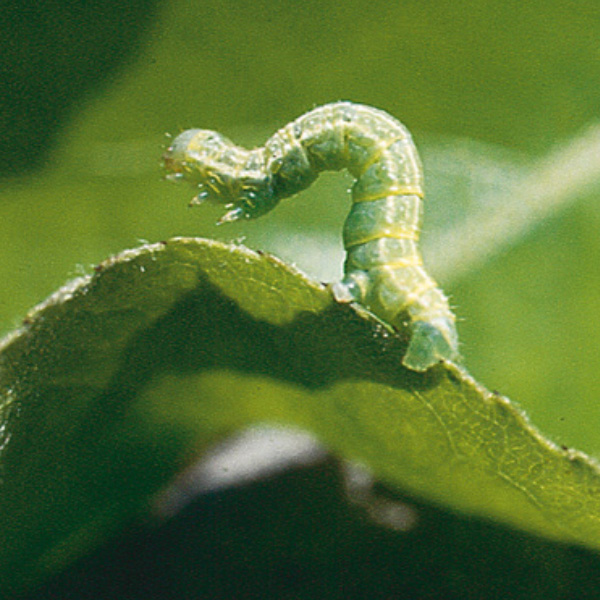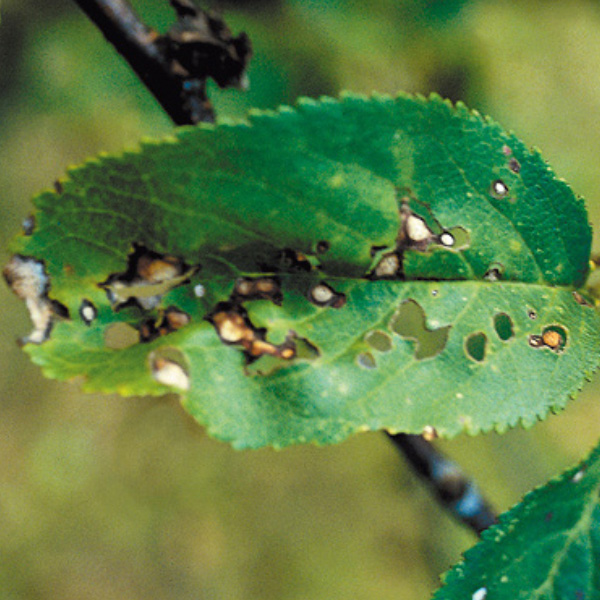Balcony & Patio
Late summer is reserved for the fruit harvest. Picking sun-kissed plums straight from the tree and the aroma of home-baked plum cake have been around since childhood. But plum trees are more than just fruit suppliers: in spring, they proudly boast a white sea of flowers filled with the buzzing of bees and bumblebees.
With the new varieties now available, you can also buy small plum trees for the balcony. Make sure to look out for the term “self-pollinating” and for resistance to “plum pox” and “Monilia fruit rot” when buying.
The difference between plums and damsons, by the way, is less to do with the taste and more with the shape: Plums are usually bigger than damsons and have a distinct longitudinal groove. Damsons also freeze well but plums not.
Plum trees need large plant containers with a minimum volume of 25 litres. Make sure that terracotta pots are frost-resistant. Before planting, add a few centimetres of gravel or lightweight aggregate to the bottom of the pot for drainage. Mix a peat-free, special potting soil into the container to give the tree a good start. The best time to plant is in the spring or autumn.
Tip: Do not plant the fruit tree deeper than the pot in which you bought it. The grafting point, which can be seen by the thickening in the trunk section, must be above the soil.
Recommended varieties
In the open, stone fruit trees need lots of space. So for the balcony, you should choose columnar trees and spindle bushes up to a maximum height of 2 metres or create a space-saving plum tree trellis. Columnar damson trees are, for example, Fruca, Imperial, Haganta, Pruntop, Tophit and Topper. Small columnar plums and spindle bushes are Champion, Empress, Gelbe Eierpflaume, Königin Victoria, Magna Glauca and the giant plum Jumbo. All these varieties are self-pollinating, i.e. you do not need a second pollinating tree.
Location & Care
Plum trees need a sunny location, while damsons also tolerate semi-shade. They have normal water requirements, avoid waterlogging. Don’t forget to water on frost-free days in winter. Fertilise once in the spring with Organic Multipurpose Plant Food, in autumn with a potassium-based fertiliser, in order to improve hardiness.
The young shoots can be cut back by half in February/March. Young shoots are slightly greener and not quite woody yet. Only cut back columnar trees when they have reached or exceeded the desired final height. After the harvest, prune downward-growing side shoots back to three “buds”, i.e. three buds remain.
Magnificent plums and damsons can be harvested from August or September depending on the variety.

